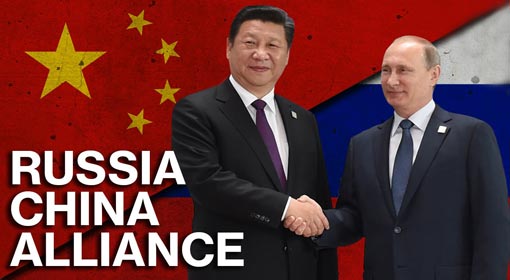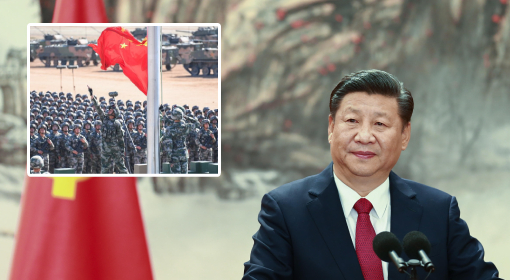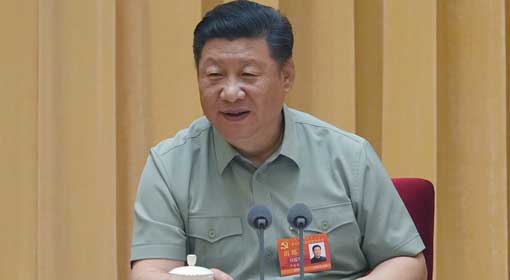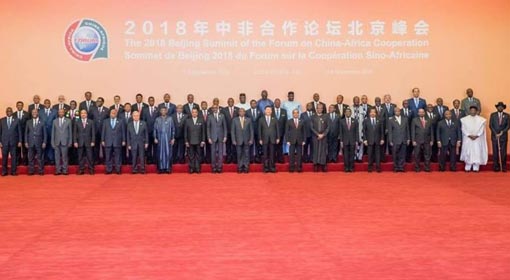Washington/Beijing – The top US newspaper has claimed that the model of economic progress that took China to become the second-largest economy in the world is over. The data revealed in the last few months confirm that the Chinese economy, which has maintained the pace of economic growth for nearly four decades, encompasses various crises. The backbone of China’s economy, exports, real estate, internal market demand, and foreign investment are declining. At the same time, the value of China’s yuan and the stock market have also reached a record low level.
 An article titled, China’s 40-year boom is over, published by The Wall Street Journal, the top US newspaper, claims that China’s economic structure has started to collapse. The newspaper has made claims, citing various reports and statements from financial experts, analysts and think tanks. Attention has been drawn to the important role played by investment in infrastructure and manufacturing export-oriented products in moving China’s economy from an underdeveloped state to a developed one.
An article titled, China’s 40-year boom is over, published by The Wall Street Journal, the top US newspaper, claims that China’s economic structure has started to collapse. The newspaper has made claims, citing various reports and statements from financial experts, analysts and think tanks. Attention has been drawn to the important role played by investment in infrastructure and manufacturing export-oriented products in moving China’s economy from an underdeveloped state to a developed one.
In the name of investment in basic facilities, the Chinese government has built thousands of highways, airports, bridges and rail routes in the last four decades. Besides, crores of houses have also been constructed in China. According to the report released a few years back, more than 100 million houses built in China are vacant. The 5.5 million dollar high-speed railway station in the Danzhou region of Hainan province has not even been inaugurated. The administration has given the reason for not having passengers in this area. A total of 11 airports have been built in China’s economically backward province of Guizhou, yet not a single aircraft has landed at some of these airports.
 The Chinese government has forgotten that though building basic facilities accelerates economic development, it also has its limits, the bad effects of which have now started coming to the fore. The local administrations of most of China’s provinces are heavily in debt and have to get financial assistance from the central government even to run their daily business. In an attempt to build facilities by raising loans, the debt extended by provincial administrations has reached 200%. The debt on local administration and government companies has reached nine trillion dollars.
The Chinese government has forgotten that though building basic facilities accelerates economic development, it also has its limits, the bad effects of which have now started coming to the fore. The local administrations of most of China’s provinces are heavily in debt and have to get financial assistance from the central government even to run their daily business. In an attempt to build facilities by raising loans, the debt extended by provincial administrations has reached 200%. The debt on local administration and government companies has reached nine trillion dollars.
On the other hand, the international geopolitical and political equations are changing rapidly, and the rift between China and the West is widening further. The US and Europe are major centres of China’s exports, and China, which has become the world’s factory, has started to feel major setbacks due to low demand. Due to the emphasis on exports, the Chinese government did not pay much attention to the internal market. China’s economic progress has been made due to the increase in exports, but there has been no corresponding rise in ordinary Chinese citizens’ income. Thus, the demand for Chinese products grew worldwide, and the need for these goods could not rise in China. After the decrease in exports, the Chinese government now realises these problems.
The resultant repercussions have begun to impact the economy. A few days ago, China’s economy was seen to be damaged by deflation. Analysts warn that this incident could push the Chinese economy into the vortex of The Lost Decade like Japan. A few weeks ago, a British newspaper claimed that the plan of the ruling Chinese Communist Party (CCP) and President Xi Jinping to establish economic supremacy over the world had failed. After the US newspaper highlighted the failure of the Chinese economic model, clear signs of the decline of the Chinese economy are surfacing.
















